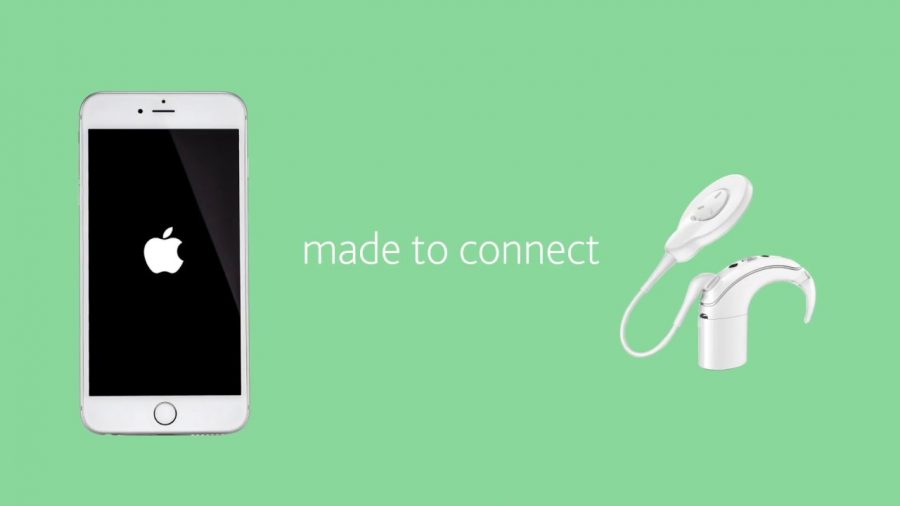On Wednesday, Cochlear Limited revealed the Nucleus 7 Sound Processor, a device that streams sound directly from iOS-compatible devices like the iPhone to the cochlear implants made by the company. It will be available in September in the U.S. and Canada and requires iOS 10 or later.
Some outlets have misleadingly reported that the implant itself is the technology that directly pairs with an iPhone, but in truth, it is the sound processor equipped in the behind-the-ear device the one that works with the phone via Bluetooth.
Apple is getting more and more invested in solving people’s problems with technology, starting with core necessities like hearing that most not affected by this impairment take for granted.
How will Cochlear’s Made for iPhone processor work?
The Nucleus 7 Sound Processor is hosted in an earpiece that transmits sound signals to the wire implanted inside the ear canal of the patient. Traditionally, these signals connect to mobile devices and remote controls through Bluetooth peripherals.
These peripherals have evolved to become less and less intrusive; with recent times bringing Bluetooth necklaces and wearable devices that present no impediment to people with hearing loss.


Cochlear’s new processor Made for iPhone removes this additional transmitter from the equation and delivers sound directly to the earpiece to make people able to hear again, and control the settings of the implant directly with their iOS devices.
The Australian company has worked with Apple for some time already through the Nucleus Smart App, which allows users to gain further control and tuning of their hearing aids.
Apple is licensing technology to hearing aid firms for free
By now it is no secret that Apple has a serious interest in healthcare and health-related products and services. Whereas Google has gone and developed apps through initiatives like DeepMind, the Cupertino giant seems to be more focused on producing hardware or at least helping others make it compatible with them.
GN Resound, Starkey, and Cochlear are just some of the hearing aid makers that have developed solutions that work well with Apple’s closed ecosystem, as evidenced by the Made for iPhone product listings by these very same companies.
The tech giant has agreed that the cost of earpieces and implants is high enough already, and that is why these dedicated firms have taken it up to themselves to play nice with Apple in exchange for free licenses for their products.
Apple is also looking into non-invasive blood sugar monitors in the form of a sensor that could, one day, be built into the Apple Watch. Google, on the other hand, seeks to achieve the same results with a contact lens people could wear for extended periods of time.
Source: Cochlear

